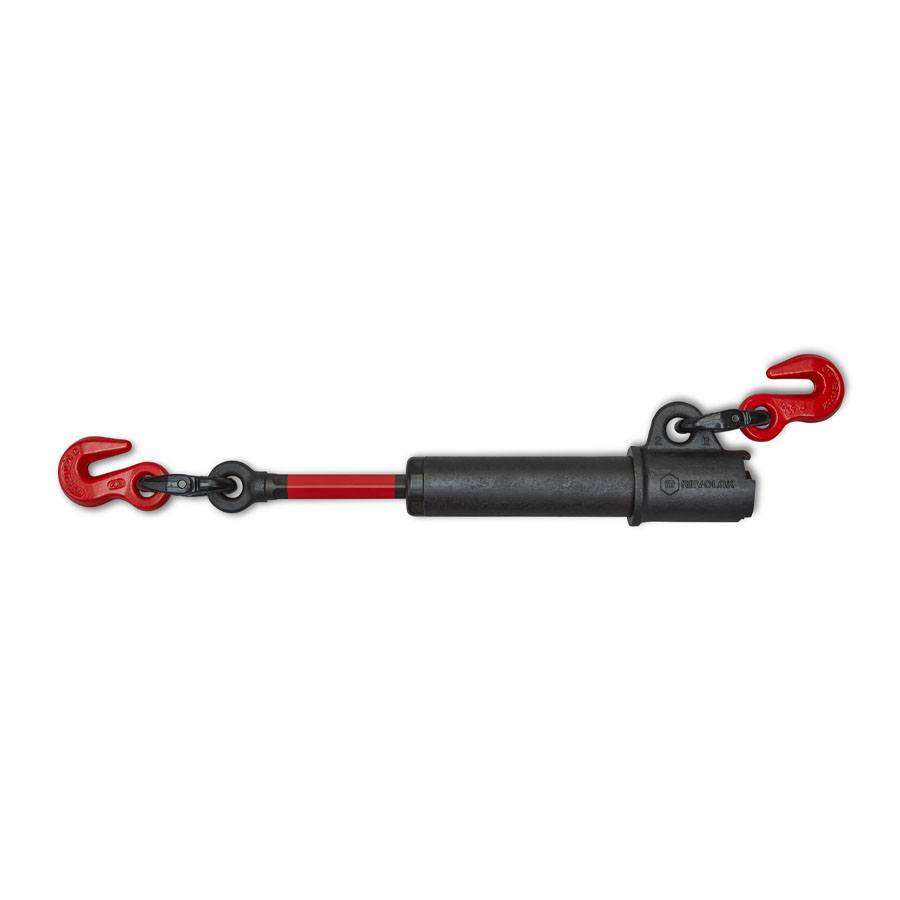The Road To Safety: A Guide To Effective Cargo Securement Practices
- - Category: Business Ideas
- - 28 Nov, 2023
- - Views: 17
- Save
Ensuring the safe transport of goods is paramount in the logistics industry.

As trucks traverse highways and byways, their cargo must withstand the challenges of the open road. This journey, however, is not without risks, making the role of cargo securement devices and equipment all the more critical.
In this guide, we'll delve into the significance of these tools and offer invaluable insights into effective cargo securement practices, steering your way toward a safer and more secure transportation landscape.
Understanding Cargo Securement Devices
Cargo securement devices play a pivotal role in maintaining the stability and safety of transported goods. These devices encompass a wide range of tools designed to prevent cargo from shifting during transit. From webbing straps to chains and binders, each device serves a specific purpose in securing various types of loads.
Importance of Proper Usage
Efficient utilization of cargo securement devices is essential for the transportation crew's safety and the cargo's integrity. Improperly secured loads can lead to accidents, damage to goods, and even pose a threat to other road users. By following best practices in cargo securement, businesses can mitigate these risks and uphold their commitment to safety.
Types of Cargo Securement Devices & Equipment
Webbing Straps: These durable straps are versatile and suitable for securing various loads. Proper tensioning and anchoring are crucial to their effectiveness.
Chains and Binders: Ideal for heavy and irregularly shaped cargo, chains and binders provide robust support. Ensuring proper tension and securing points is vital for their successful application.
Winches and Winch Straps: These devices are commonly used for flatbed trailers. Winches allow for easy adjustment, while winch straps provide flexibility in securing different load sizes.
Edge Protectors: Safeguarding cargo from the abrasive effects of straps or chains, edge protectors are essential for protecting both the load and the securing devices.
Best Practices for Cargo Securement
Proper Load Distribution: Evenly distribute the weight of the cargo to prevent imbalance during transit. This ensures stability and diminishes the risk of accidents.
Correct Tensioning: Achieving the right tension in securing devices is critical. Too loose, and the cargo may shift; too tight could lead to damage. Follow manufacturer guidelines for optimal tension.
Regular Inspections: Conduct thorough inspections of securing devices before each trip. Check for signs of wear, damage, or corrosion, and replace any compromised equipment promptly.
Adherence to Regulations: Stay informed about local and international regulations regarding cargo securement. Compliance with these standards not only ensures safety but also avoids legal complications.
Weather Considerations: Take into account weather conditions when securing cargo. Adjustments may be necessary during adverse weather, such as rain or snow, to prevent slippage or other issues.
Use of Adequate Padding: Employ padding or dunnage materials to cushion the cargo against the impact of vibrations and sudden movements, reducing the risk of damage.
Secure Loose Parts: Before transit, ensure that all loose parts of the cargo, including components of machinery or equipment, are appropriately secured to prevent shifting during transport.
The Role of Training
A well-trained and informed transportation crew is key to successful cargo securement. Comprehensive training on the proper use of devices, load distribution techniques, and regulatory compliance is crucial for fostering a safety-conscious culture within the industry.
The Closing NOTE
In the dynamic world of logistics, the safe transport of goods is a shared responsibility. Cargo securement devices and equipment are the guardians of this safety, ensuring that goods arrive at their destination intact and without incident. By understanding the types of devices available, adhering to best practices, and investing in training, the industry can collectively pave the road to safer transportation.
In the end, it's not just about securing cargo; it's about securing the well-being of everyone involved in the journey!
